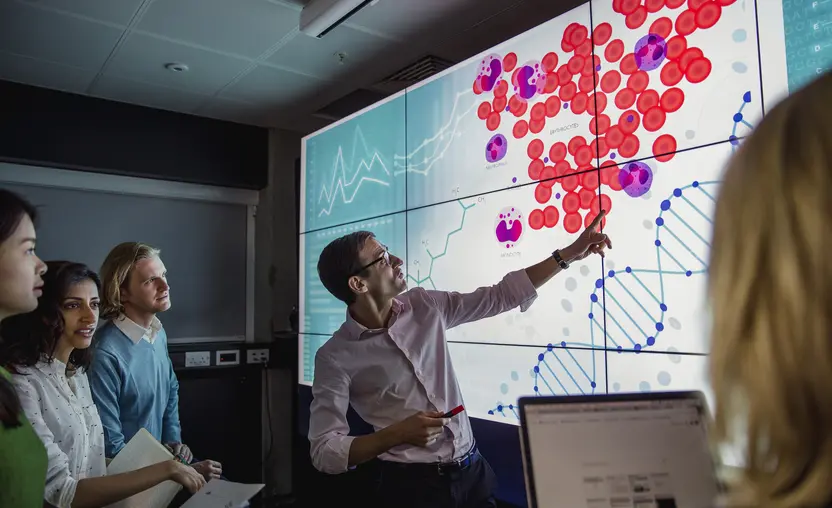When your nonprofit organization’s fundraising campaign ends, you know the supporters acquired and donations received will have a major impact on the people you serve.
That’s why data-informed donor screening and segmentation practices are so important. With the right data, your nonprofit can optimize its fundraising efforts to raise more money, spend fewer resources, and further its purpose. Let’s take a closer look at the advantages of data-driven decision-making.
Legacy versus complete data
Legacy data is difficult-to-access information that is stored in obsolete or outdated systems. Because legacy systems only paint a partial picture, your nonprofit will see more decision-making success with complete data, which offers limitless fundraising potential.
For example, donor income provides limited insights into a supporter’s giving capacities. A well-rounded database would include additional information, such as details about a donor’s annual expenses, revealing their true net worth and indicating potential giving levels.
With the right tools and practices, nonprofits can tap into more nuanced information and use data to more effectively screen and segment donors. Let’s dive deeper into how data-informed decision-making can support your fundraising.
3 techniques for effective data-driven decision-making
1. Identifying donors without children
Raising children is expensive. Beyond providing basic needs, many parents fund college tuition and plan to leave behind substantial inheritances to ensure that their children and grandchildren prosper.
Instead of leaving large inheritances to relatives, many people without children choose to fund social good organizations and programs. With the right data tools, you can identify these donors and offer them a way to contribute their resources to make a difference both today and well into the future.
2. Leveraging donors’ career insights
By better understanding your supporters, you can improve your interactions with them and the outcomes of your asks. Leverage donor employment data, including:
- Corporate philanthropy: This is an area of growing interest for many nonprofits, and it’s backed by data: Giving USA’s latest report found that corporate giving increased in the past year. As employees, donors can become internal “cause champions,” potentially influencing where companies focus their philanthropy efforts.
- Company mission: If someone is working for a company with a major focus on sustainability, there’s a good chance that individual employees are passionate about sustainability. Therefore, requests centered around sustainability initiatives may gain more traction.
- Performance periods: With some research, you might also uncover more nuanced insights, such as when companies award performance bonuses. If a potential donor recently received a bonus, they may be able to more easily afford donations.
Additionally, many people are willing to donate their time and energy when their work schedule allows it. By understanding the busy seasons and cycles of different industries, you can identify the right opportunities to recruit volunteers and make it easier for them to say “yes.” For example, someone working in the accounting field may not have much time to volunteer during tax season but may have more spare time come summer.
3. Discovering donors with donor-advised funds and estate planning
With donor-advised funds (DAFs), donors have already established a fund to make donations and securing tax benefits easier. Some donors are also actively engaged in estate planning, having set up trusts and other financial vehicles. Both suggest that the donors are committed and serious about donating.
Understanding your donors and the tools they already have at their disposal will help you craft better requests and strengthen relationships. You can also focus more of your efforts on donors who are ready to act right away.
Putting donor data to work
There are over 1.8 million registered nonprofit organizations in the U.S. alone, meaning there are nearly two million organizations trying to fund charitable work—and the amount of donation revenue your organization pulls in to support that work will be largely determined by your fundraising efforts.
Platforms built by data scientists and designed specifically for fundraising can help you make the most of your raw data and put your organization in the best position to succeed. Once your organization uses a fundraising and engagement platform like Bonterra Donor Engagement’s Development solution, your nonprofit can act more effectively on data and ultimately advance your cause.




